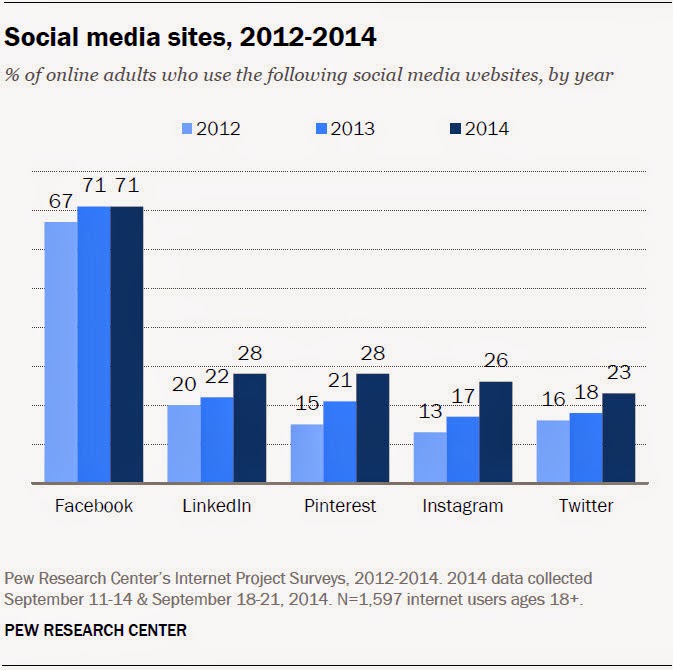Are you completing your education and searching for your first serious job?
Or, are you just trying to change jobs?
Or, are you just trying to change jobs?
Since employment is an important part of our life, an interview can be life changing. Most consider job interviews extremely stressful. However, the more you know and the more you prepare, the less stressed you will be.
Remember a job interview is a two-way exchange of information. This is also your chance to learn from the questions they ask, ask your own questions, and determine if you really want to work for the organization.
Employers find situational and behavioral based questions give them useful information about job candidates. Be prepared to answer interview questions that are situational and behavioral based. Those questions can be the most stressful and often cause us to ask:
"How can I prepare and craft responses that will make a favorable impression?"
Situational Questions
These are related to situations to help employers test your thought processes and logical thinking. Interviewers may describe a hypothetical situation and ask how you would handle it. Since these questions will most likely vary based on the type of position, researching information about the position and the company culture prior to your interview will help you respond favorably. Remember, even if the hypothetical situation sounds negative, keep your response positive.
"What would you do if the priorities on a major project you were working on were suddenly changed?"Even though being flexible is important, don't make the mistake of assuming the interviewer wants to hear about your ability to be flexible. Perhaps, the reason they are asking is because they are tired of priorities changing all the time and no one having the courage to put their foot down. Whenever project priorities change, it usually costs companies money and people get upset. A good way to begin answering this question is by asking a question. Who is changing the priorities on the project? The boss? The customer? Factors like weather or strikes? A supplier? Craft your response accordingly. What they really want to know is how you think under pressure, how you analyze a situation, and how you will respond to others.
Behavioral Questions
Instead of traditional interview questions, you may be asked to tell stories. The interviewer may begin by saying, "Describe a time when..." or "Tell me about a time when...." To respond effectively, use the STAR technique: what was the Situation or Task, what Action you took, and what were the Results. Try to describe only current educational and work-related situations or tasks. Practice the STAR method before your interview and recall specific examples for each bullet point on your resume.
Remember an interview is a two-way street. Of course, be respectful when you ask questions. At some point in the interview, usually near the end, interviewers often give you the opportunity to present questions. Take this time to express your interest in the position and ask questions that can help you gain information. You may want to ask questions like What will my duties be? (if not already discussed) or What are the major challenges for a person in this position? or What action will follow this interview? You want answers that can help you determine if this job is right for you and when they expect to fill the position.
At the end of your interview, demonstrate your interest in the position and don't be afraid to say that you want the job! End on a positive note and be sure to thank the interviewer for considering you for the position. And, increase your chances by following up with a thank-you note immediately after the interview. Yes, email thank you messages are acceptable!
"Tell me about a time your work was criticized."
We all know that in our quest to work hard and do a good job, we aren't going to make everyone happy. Sometimes we will fall short, make an error in judgement, or wish we could have handled things a little differently. But, can you admit to this? And most importantly, what did you learn from it?
The best way to answer this question is to share a criticism about yourself that had a measurable positive outcome. Perhaps, you implemented cost cutting measures and you were criticized about over planning (with positive outcomes) and that resulted in delays.
Leaders who are flexible and self-confident will have no problem sharing a couple criticisms, and how they grew as a result. Your goal in answering behavioral questions should be to send a clear message that you get results but are also open to criticism. However, there is a flip-side if a company is experiencing lots of problems, changes or chaos. An environment of this nature often receives criticism or push back from peers or subordinates. Perhaps, the company is looking for a thick-skinned candidate who isn't afraid of resistance or complaining. Once again, acquire knowledge about the position and the company culture to help you respond favorably. If you didn't find helpful information during your research, then ask about the company environment or use a scenario that encompasses problematic environments in your answer.
At the end of your interview, demonstrate your interest in the position and don't be afraid to say that you want the job! End on a positive note and be sure to thank the interviewer for considering you for the position. And, increase your chances by following up with a thank-you note immediately after the interview. Yes, email thank you messages are acceptable!
Keep Calm - You got this!
















